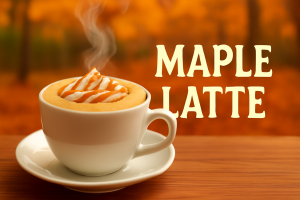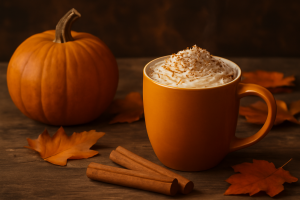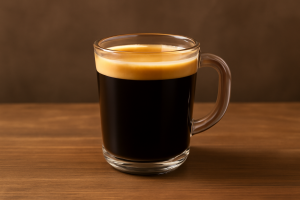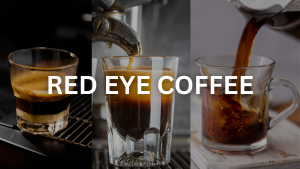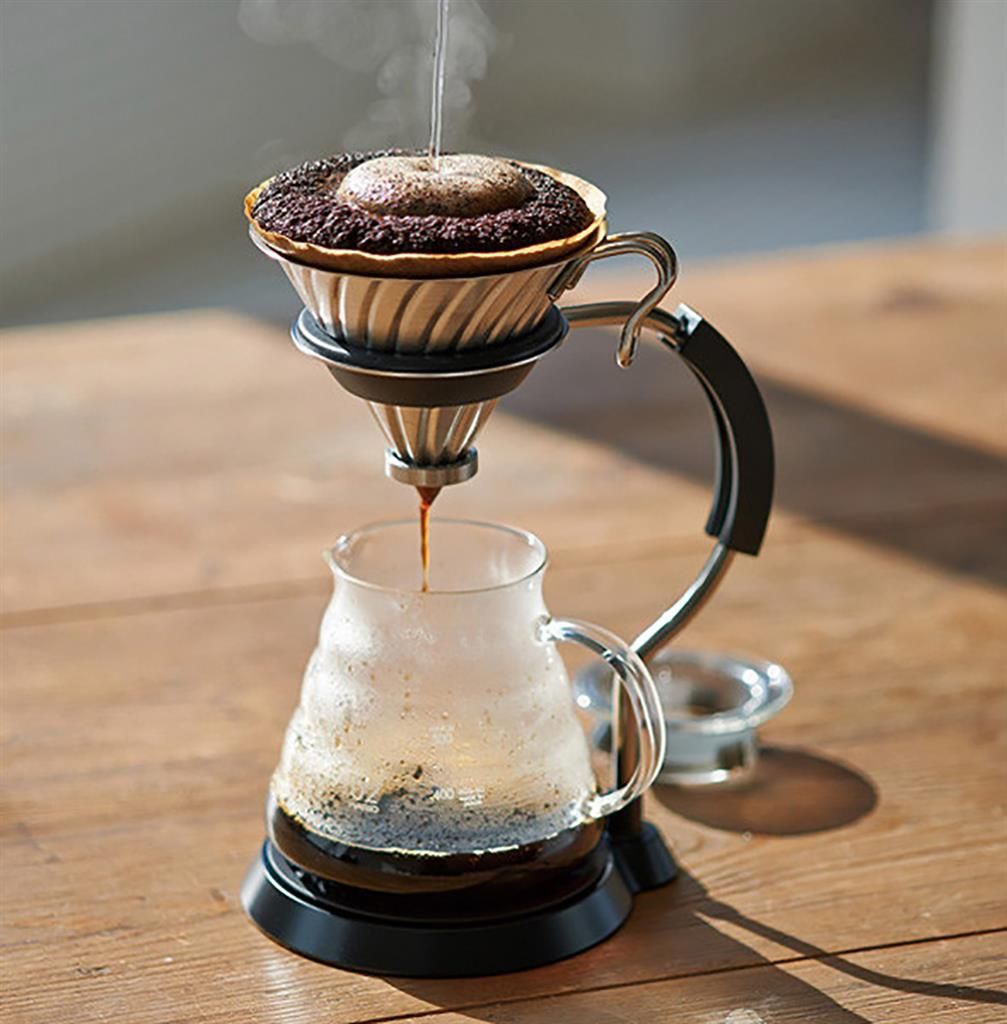
What is a Pour-Over Coffee and Why is it Popular Among Coffee Enthusiasts?
What is a Pour-Over Coffee and Why is it Popular Among Coffee Enthusiasts?
- Adam Smith
- 14-08-2024
- 23-07-2025
- 1587 views
- coffeepedia

Introduction Pour-over coffee has become a beloved brewing method among coffee enthusiasts, revered for its simplicity, control, and ability to highlight the nuanced flavors of high-quality coffee beans. This method, which involves manually pouring hot water over coffee grounds, allows for a personalized and deliberate brewing experience. In this blog, we’ll explore what makes pour-over coffee unique, how it differs from other brewing methods, and why it has garnered such a passionate following.
What is Pour-Over Coffee? Pour-over coffee is a manual brewing method where hot water is slowly poured over coffee grounds in a circular motion, allowing the water to extract the flavors and aromas from the coffee. The brewed coffee then drips through a filter into a carafe or cup. This method provides the brewer with complete control over the brewing process, including the water temperature, pouring speed, and coffee-to-water ratio.
The History of Pour-Over Coffee The pour-over method has its roots in Japan, where it has been a traditional way of brewing coffee for decades. It gained popularity worldwide in the early 2000s as part of the third-wave coffee movement, which emphasizes the artisanal approach to coffee brewing. The rise of specialty coffee shops and the desire for more flavorful and unique coffee experiences contributed to the resurgence of this method.
How Does Pour-Over Coffee Differ from Other Brewing Methods? One of the primary differences between pour-over coffee and other methods, such as drip coffee, is the level of control it offers. Unlike automatic drip machines, pour-over allows the brewer to control every aspect of the brewing process, leading to a more tailored cup of coffee. The manual nature of the pour-over method also means that it can be adjusted based on the coffee bean’s origin, roast level, and grind size, allowing the brewer to highlight specific flavor notes.
The Equipment Needed for Pour-Over Coffee To brew pour-over coffee, you’ll need the following equipment:
- Pour-Over Brewer: Popular options include the Hario V60, Chemex, and Kalita Wave. Each has its unique design, which can affect the flavor profile of the coffee.
- Coffee Filter: Depending on your brewer, you’ll need a paper or metal filter. Paper filters are the most common and help produce a clean cup, while metal filters allow more oils to pass through, resulting in a richer flavor.
- Gooseneck Kettle: This kettle design allows for precise pouring, essential for controlling the flow of water over the coffee grounds.
- Coffee Grinder: A burr grinder is recommended for achieving a consistent grind size, which is crucial for an even extraction.
- Scale: Measuring your coffee and water by weight ensures consistency and precision in brewing.
- Timer: Timing your pour can help you achieve the desired brew time, which affects the coffee’s strength and flavor.
Why is Pour-Over Coffee Popular?
- Flavor Control: Pour-over coffee allows for a high degree of control over the brewing process, which can result in a more flavorful and aromatic cup. Enthusiasts love the ability to fine-tune their brew to highlight the distinct characteristics of different coffee beans.
- Brewing Ritual: The methodical nature of pour-over brewing appeals to those who enjoy the ritualistic aspect of making coffee. It’s a meditative process that requires focus and attention to detail, making each cup a crafted experience.
- Aesthetic Appeal: Many pour-over brewers, like the Chemex, are also known for their beautiful design, adding an element of elegance to the coffee brewing process. The visual aspect of watching the coffee bloom and drip is also satisfying.
- Simplicity and Minimalism: Despite the control it offers, pour-over coffee is relatively simple and requires minimal equipment. It’s perfect for those who prefer a minimalist approach to brewing.
- Versatility: The pour-over method can be used to brew a single cup or a larger batch, making it versatile for different occasions. The ability to adjust the brewing process also means it can accommodate a wide range of coffee beans, from light to dark roasts.
The Brewing Process
- Prepare Your Equipment: Set up your pour-over brewer on top of your carafe or cup. Place a filter in the brewer and rinse it with hot water to remove any paper taste and warm up your equipment.
- Weigh and Grind Your Coffee: Measure your coffee beans according to your preferred coffee-to-water ratio. A standard starting point is 1:16 (1 gram of coffee to 16 grams of water). Grind the beans to a consistency similar to sea salt.
- Boil Water: Heat water to around 200°F (93°C). If you don’t have a thermometer, let the water come to a boil, then let it sit for about 30 seconds.
- Bloom the Coffee: Pour just enough water over the coffee grounds to saturate them, then let it sit for 30-45 seconds. This step, known as blooming, allows the coffee to release carbon dioxide, which can improve flavor extraction.
- Continue Pouring: Slowly pour the remaining water over the coffee grounds in a circular motion, ensuring even saturation. Pouring should take about 2-3 minutes for a single cup. Adjust the pouring speed to control the brew time.
- Enjoy Your Coffee: Once the brewing process is complete, remove the filter and enjoy your freshly brewed pour-over coffee.
Conclusion Pour-over coffee is a brewing method that offers unparalleled control, allowing you to unlock the full potential of your coffee beans. Its popularity among coffee enthusiasts can be attributed to its ability to produce a clean, flavorful cup and the meditative brewing experience it provides. Whether you’re new to coffee or a seasoned aficionado, pour-over coffee is worth exploring for its rich flavors and rewarding process.

















